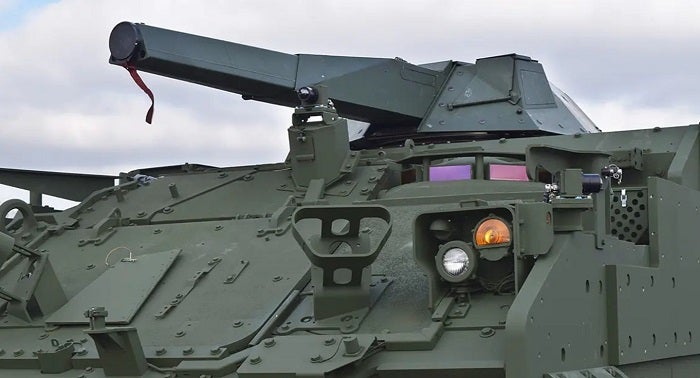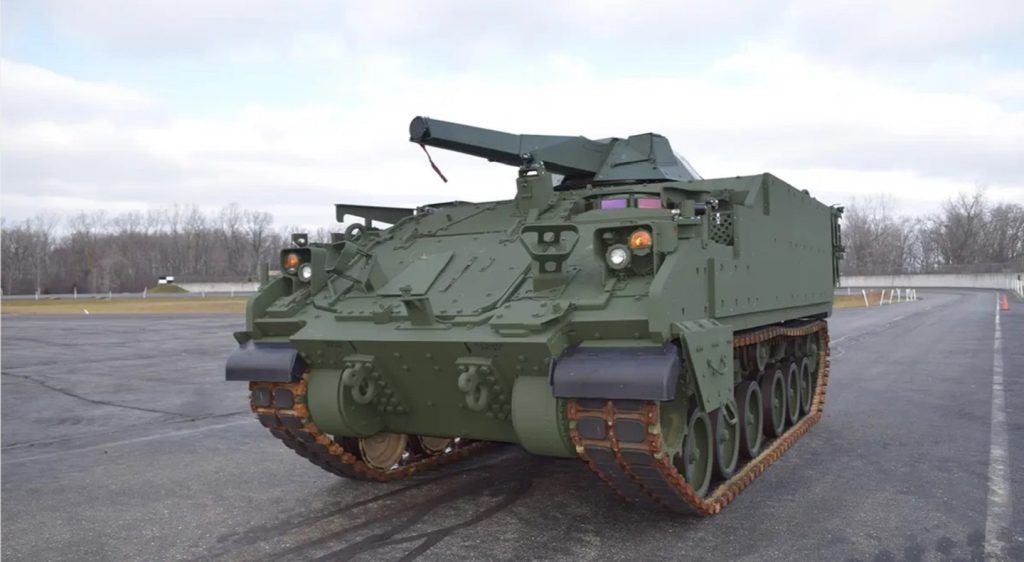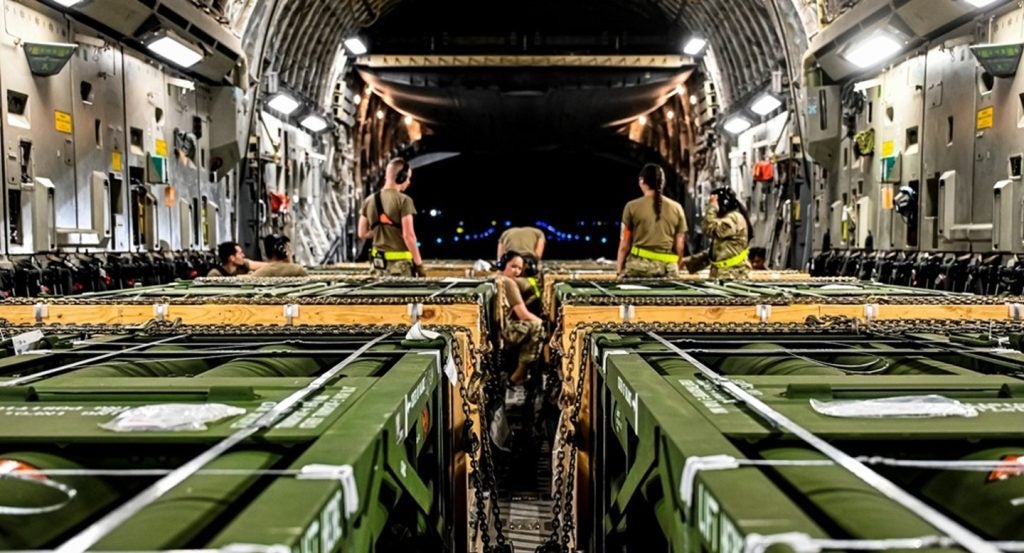BAE Systems has delivered its Armoured Multi Purpose Vehicle (AMPV) protoype to the US Army for evaluation as a potential successor to the existing M113 family of vehicles.
Currently, there are 789 M113 A3 armoured personnel carriers in the Army’s inventory, according to intelligence from GlobalData. These A3 units were acquired between 1989 and 2020, although the original variant entered service from as early as the 1960s.
In 2018, the company received a low-rate initial contract to deliver up to 450 AMPVs to the US Army, while the M113s are due to remain in service until 2030, whereupon the Army will implement its new plan for a highly integrated, autonomous force structure.
AMPVs are essential to this future ‘Armored Brigade Combat Team’ (ABCT) and will fulfill the Army’s strategy of protection, mobility, reliability, and interoperability. The AMPV will be integrated with the ABCT and is required to operate alongside the M1 Abrams tank and the M2 Bradley.
While initially the AMPV employed the same M109A7 self-propelled howitzer as the Bradley infantry fighting vehicle, the supplier introduced a newly designed top plate system – the External Mission Equipment Package (ExMEP) – that allows for the easy installation of a variety if different turrets.
Ultimately, this vehicle protoype is outfitted with the Patria NEMO uncrewed, remotely controlled 120-millimetre turreted mortar system.

The AMPV prototype is an indirect and direct for support platform that can be used in multi-mission scenarios. It enables multiple rounds simultaneous impact fire missions where up to five mortar rounds can hit targets simultaneously in less than four seconds while the vehicle is stationary or on the move.
Over the next several months, the Army will run the AMPV turreted mortar prototype through rigorous field evaluations to mark its capabilities against what soldeirs would require on the battlefield.
This mortar version is the second AMPV prototype in the last three months that BAE Systems has showcased, the other being a counter-uncrewed aerial system capability that uses the ExMEP top late too.
In January 2021, the Program Office re-baselined the schedule due to production start-up issues at BAE Systems and the impact of Covid-19 delaying the full-rate production decision from 3Q FY22 to 2Q FY23. The Army conducted the IOT&E in July 2022. FUSL testing was completed in May 2022.











